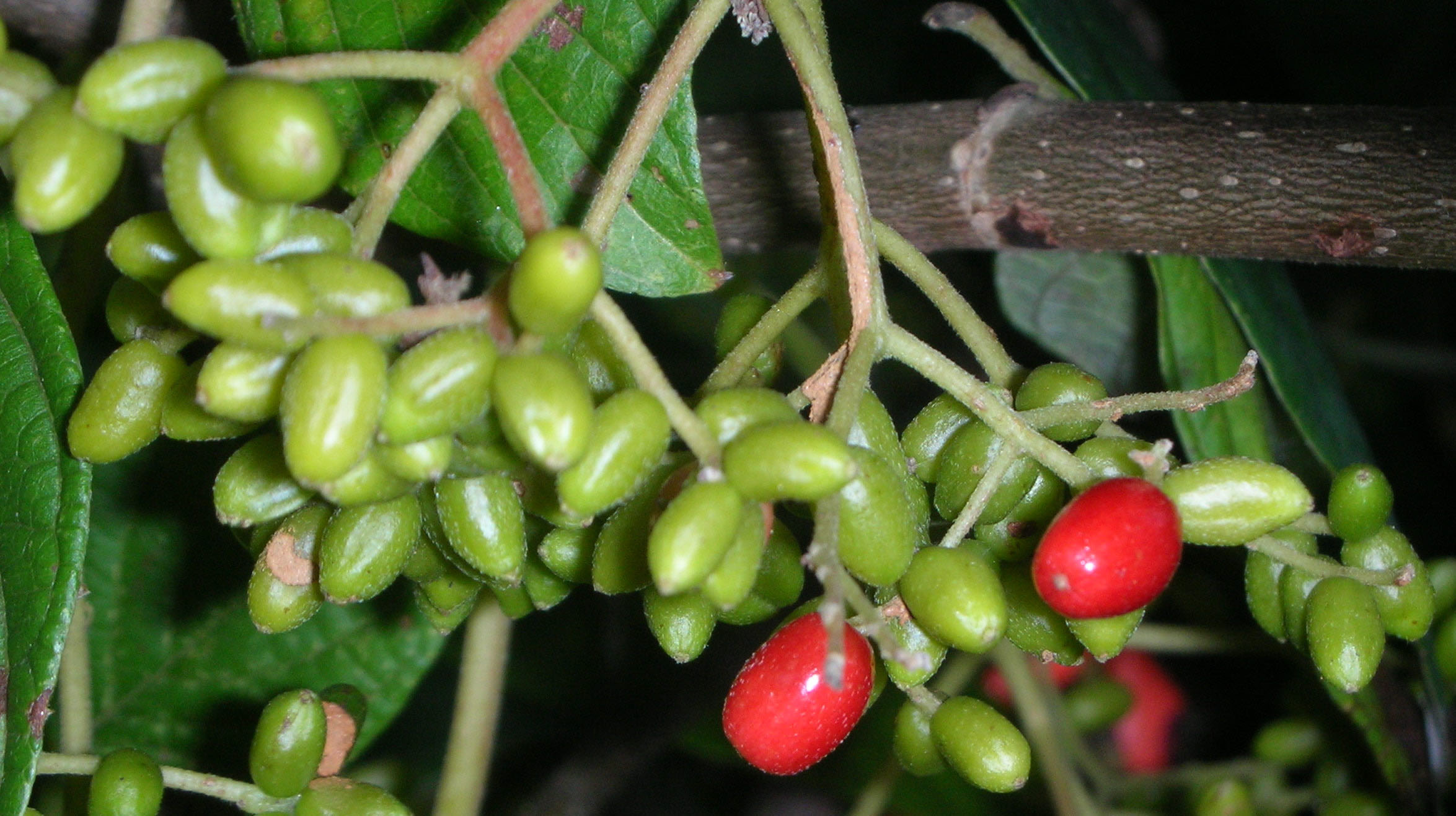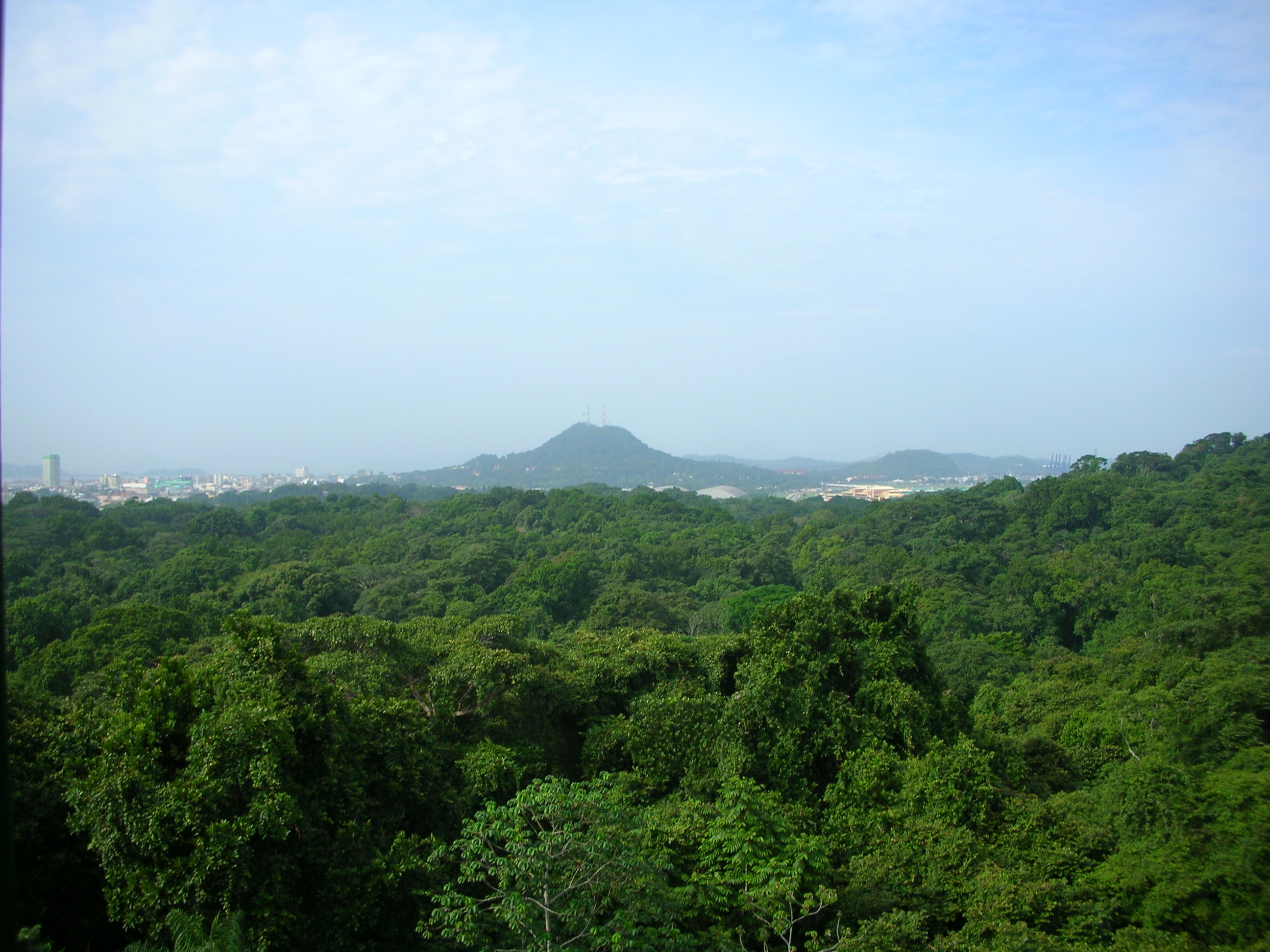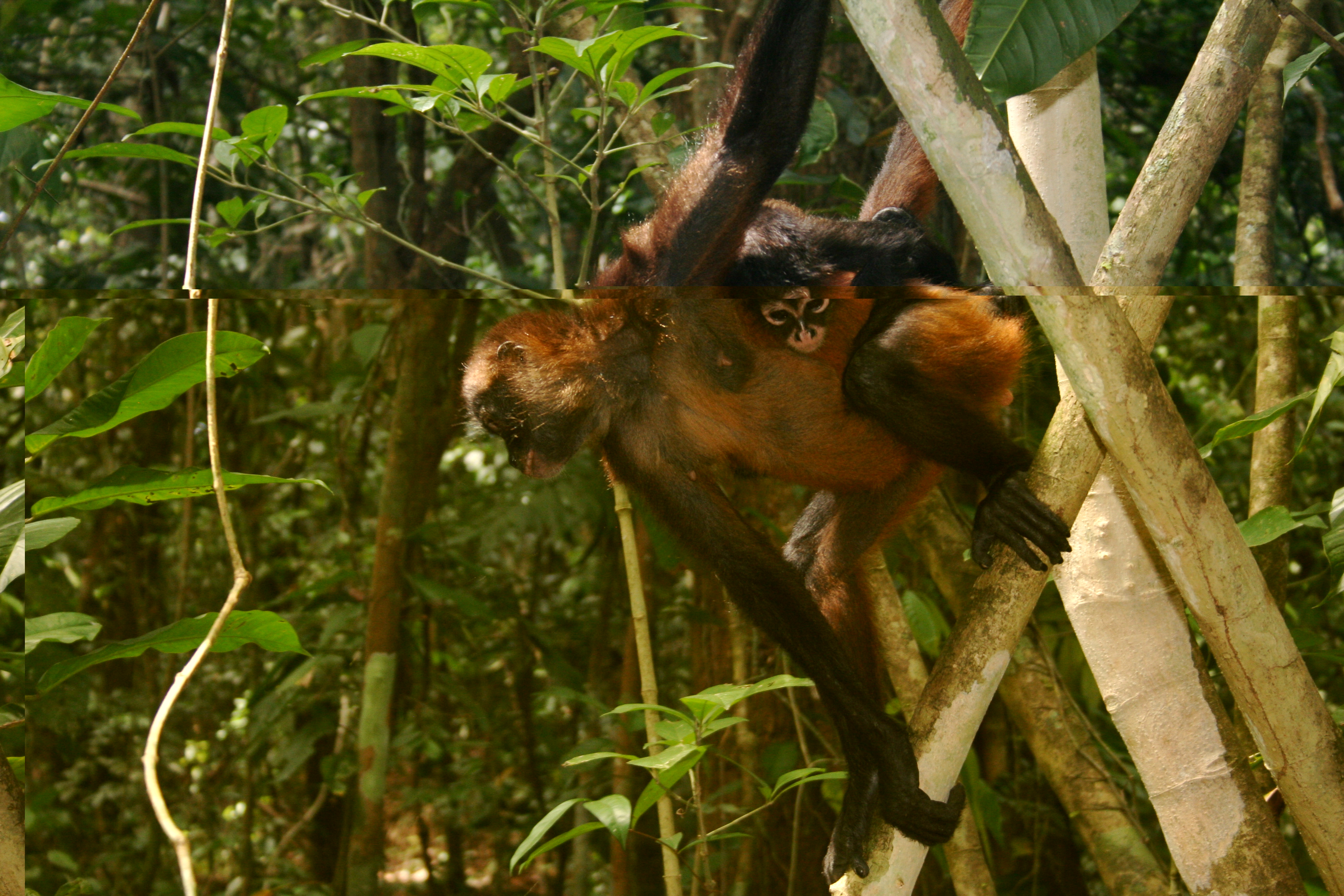Plant Performance within the Seedscape
What mediates variation in plant survival?
Throughout their life cycle, plants undergo a multitude of interactions with other organisms, ranging from mutualisms with seed dispersers and pollinators to antagonistic interactions with competitors, pathogens, and seed predators. In response to these interactions and the abiotic environment, plants have evolved a diversity of strategies to grow and survive during their sedentary lives. These life history strategies are related to functional traits that influence the ability of plants to acquire and conserve resources, disperse into new habitats, and defend themselves against natural enemies that consume plant parts. Species attributes, such as functional traits and shared evolutionary history, provide a way to summarize the ecological similarity between species. By incorporating information on species interactions, they provide a means to scale from individuals to ecosystems.
A large number of plant species coexist on a limited number of resources, and which mechanisms contribute to maintaining this diversity is an unresolved question in ecology. Vertebrates, invertebrates, and microorganisms have significant impacts on plant survival from the stages of fruit development in the tree crown to seedling survival and growth in the forest understory. Mortality due to specialized natural enemies that consume plants is proposed to maintain plant diversity as mortality increases with host abundance. Our recent meta-analysis provides empirical support for the patterns of distance- and density-dependent mortality predicted by this hypothesis and suggests natural enemies may be driving these patterns in plant communities world-wide (Comita et al. 2014). However, we found large variation in the strength of these effects within and among species. Research in the Beckman Lab investigates how variation in plant performance within and among species is explained by different groups of natural enemies attacking plants (Mollov et al. 2007; Beckman & Muller-Landau 2011; Beckman et al. 2013; Tiansawat et al. In prep.), variation in plant functional traits (Beckman & Muller-Landau 2011; Beckman 2013), and shared evolutionary history among plants (Beckman et al. 2013).

Quantifying the absolute and relative influences of vertebrates, invertebrates, and pathogens on plant survival will yield a better understanding of diversity maintenance, as their effects are predicted to differ. Few manipulative studies have done so, especially at the stage of seed production prior to dispersal. During this stage, Dr. Beckman and collaborators conducted natural enemy removal experiments (i.e. vertebrate exclosures, insecticide, and fungicide) for tropical trees and vines in Central Panama using a canopy crane to access the canopy (Beckman & Muller-Landau 2011; Tiansawat et al. In prep.) and for prairie perennials within a temperate grassland biodiversity experiment in Minnesota (Beckman et al. 2013). In these experiments, we found that no one group of natural enemies predominated; instead plant performance in response to each group was species-specific and shifted throughout seed production, seed germination, and seedling establishment.
Relating plant performance to functional traits and evolutionary history provides a more mechanistic understanding of these interactions, a means to scale from the seedscape to ecosystems, and a way to prioritize conservation strategies for species identified at greatest risk under global change. In Central Panama, morphology partly explained variation among species in plant performance due to natural enemies: for those species with larger fruit and less physical protection of seeds, fungi significantly decreased seed survival (Beckman & Muller-Landau 2011). Along with morphology, fruit toxicity explained variation in seed survival, where toxicity was determined from bioassays using crude chemical extracts of immature fruit (Beckman 2013). We also tested the prediction that evolutionary relatedness of nearby hosts increases the probability of mortality due to shared natural enemies. Although measures of plant performance did vary with phylogenetic diversity in the temperate grassland, we found limited support for the prediction that phylogenetic diversity mediated the effects of natural enemies (Beckman et al. 2013).
Secondary metabolites are among the variety of strategies plants use to mediate interactions with animals and microbes. Secondary metabolites have no known physiological or so-called primary functions, but have been found to function in plant defense. Currently there is a dearth of information on the identification and allocation of secondary compounds and their function within plant species. The adaptive value of secondary metabolites in fruit is controversial, but recent studies suggest a role in defending seeds against microbes that trades-off with physical defenses and influences seed dispersal. Immature fruit are expected to be similarly or better defended chemically than mature fruit, but few studies have examined how these defenses change over developmental stages and how they vary among plant parts.
To gain a better understanding of the allocation and function of secondary compounds in fruit, Dr. Beckman examined the distribution of toxicity and its influence on seed survival among coexisting canopy plants in Central Panama (Beckman 2013). Using fungal and brine shrimp bioassays, Dr. Beckman compared toxicity between the immature and mature fruit, the seed and pericarp, and fruits and leaves. The results of this study suggest that fruit toxicity against generalist natural enemies may be common in Central Panama, but the pattern of defense varied among plant species and depended on the plant consumer. Additionally, the synergistic effects of defense compounds, along with fruit morphology, partly explained variation in seed survival prior to dispersal (Beckman 2013). This work suggests that the majority of fruit in Central Panama is chemically defended against natural enemies and implies an adaptive value of secondary compounds in deterring generalist natural enemies from fruit.The study of secondary metabolites is relevant not only in understanding plant performance in varying environments and predicting responses to global environmental change, but also as part of an ecological basis for drug discovery.



